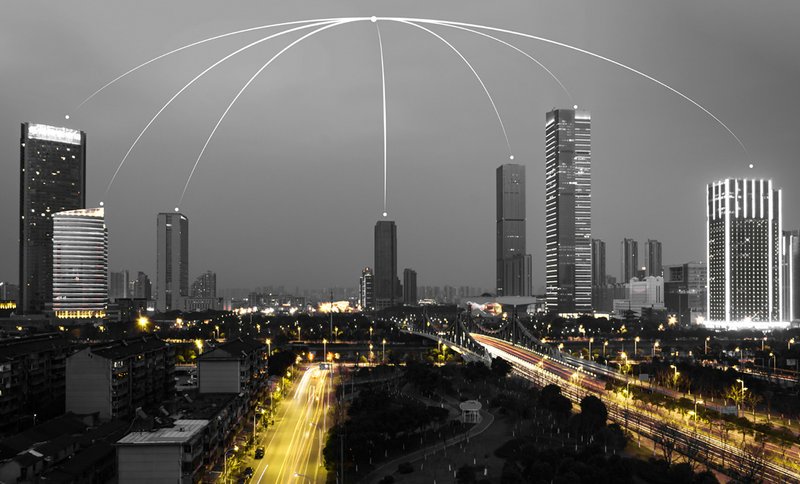How much Internet traffic in South Africa has increased due to the coronavirus
April 05, 2020
Since President Cyril Ramaphosa declared a national state of disaster to address the spread of COVID-19, Internet traffic in South Africa has climbed substantially.
This is a global trend, and Internet usage in South Africa is only expected to increase as the 21-day lockdown continues.
Looking at the trend in more detail, Packet Clearing House senior manager for interconnection policy and regulatory affairs Gael Hernandez recently analysed traffic patterns at Internet exchanges across Europe.
Traffic graphs from several large Internet exchange points suggest there was a sudden surge in Internet usage from around 10 March 2020 and that the traffic did not return to its previous “normal” levels.
Cloudflare reported seeing similar trends in Seattle, Northern Italy, and South Korea.
NAPAfrica – Over 1Tbps of traffic
NAPAfrica, one of South Africa’s major Internet exchange point providers, has also seen a substantial increase in Internet traffic.
On 5 March, 10 days before the president declared a national disaster, NAPAfrica announced a major milestone. It had seen combined peak traffic of over 1Tbps through its exchanges in Johannesburg, Durban, and Cape Town.
The day after President Ramaphosa announced that South Africa would enter a period of lockdown for three weeks, NAPAfrica’s peak traffic across all its exchange points was around 1.04Tbps.
On 25 March, the evening peak through NAPAfrica was over 1.1Tbps.
“We’ve seen a reasonable increase in video content consumption, but also saw an interesting increase in social media traffic,” NAPAfrica told MyBroadband.

ISPs urged to upgrade capacity
Before South Africa went into lockdown, NAPAfrica had urged several Internet service providers to upgrade their capacity at its exchange points.
“We have been following developments at exchanges in the rest of the world, and the advice from all of them has been to upgrade as much as possible, as quickly as possible, since nobody knows exactly where this will end,” NAPAfrica said.
It explained that it typically asks networks to upgrade when they have used around 60% of their capacity.
This gives enough time for the upgrades to happen before a service provider starts seeing congestion on its network.
“At around 80% we start to see packet loss because of the ‘bursty’ nature of the Internet,” NAPAfrica said.
As a result of the COVID-19 outbreak, NAPAfrica asked everyone who was using at least 50% of their capacity to upgrade.
“The Internet is going to play a vital role during this event and all operators need to plan for all eventualities,” NAPAfrica said.
SEACOM – 15% Internet traffic increase
SEACOM, which operates one of South Africa’s major undersea fibre cables, said it has seen a 15% increase in Internet traffic across its network.
It expects that figure to increase further.
“SEACOM has seen a marked increase in traffic since early March, as more and more companies avoid international business travel, avoid meetings and gatherings, and encourage their employees to work from home,” it said.
“This increase has happened across all segments and all markets in Africa that SEACOM operates in, such as Service Provider, Corporate, SME, and FTTH.”
SEACOM said it has seen increases in video, VPN, and remote collaboration tools, as well as standard web browsing.
In anticipation of increased traffic growth it added more backbone upgrades before the lockdown was announced.
Much higher Netflix traffic
Cool Ideas told MyBroadband that in the two days after the president declared a state of national disaster, it saw a substantial increase in the amount of Netflix traffic on its network.
Sunday is usually the biggest day for Internet traffic on the Cool Ideas network, but the ISP said that by Wednesday (18 March) its Netflix usage was peaking at 32% higher than Sunday.
Global reduction in video quality
As a result of national lockdowns globally and the surge in Internet traffic, platforms including Netflix, Amazon Prime Video, and YouTube reduced the quality of their video streams in Europe to help networks cope with the increased demand.
More recently, Facebook revealed it had seen a surge in the usage of its services in countries most affected by the virus.
Facebook said it had seen voice and video messaging more than double on WhatsApp and Facebook Messenger. Total messaging increased by over 50% in the past month.
In Italy, views on Instagram and Facebook Live doubled in a week, while group calling increased by over 1,000% during the past month.

In other news
Site by UNOMENA | © 2025 SEACOM. All rights reserved.
